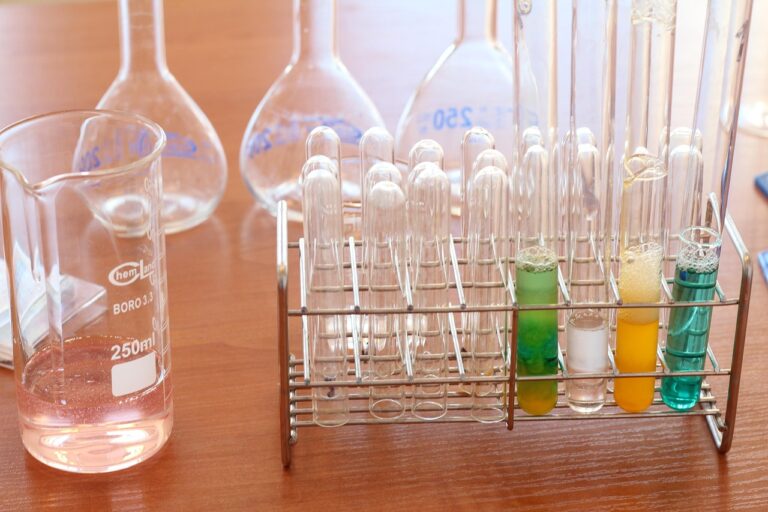Understanding Dyeing Auxiliaries in Textile Processing
Dyeing auxiliaries are crucial chemical agents used during textile dyeing to ensure smooth processing, improved dye uptake, and consistent coloration. These chemicals act as enablers, helping the dye bind more effectively with textile fibers, while maintaining uniformity and enhancing overall quality.
What Are Dyeing Auxiliaries?
Dyeing auxiliaries are chemicals or formulated products that facilitate various stages of the dyeing process. They aid in:
Preparing the textile substrate for dyeing.
Stabilizing the dyeing environment.
Enhancing dye-fiber interactions.
Improving color fastness and uniformity.
Their application ensures efficient dye uptake, consistent coloration, and desired fabric properties.
Types of Dyeing Auxiliaries
Dyeing auxiliaries can be categorized based on their function and chemical nature:
1. Wetting Agents
These surfactants reduce surface tension, allowing dye solutions to penetrate fabrics more effectively. They are crucial during the initial stages of dyeing, especially for hydrophobic fibers.
2. Dispersing Agents
Dispersing agents prevent dye particles from aggregating, ensuring uniform dispersion in the dye bath. This is particularly important for synthetic fibers like polyester.
3. Levelling Agents
Levelling agents promote even dye uptake by controlling the rate at which dyes are absorbed. They prevent issues like streaking or uneven coloration.
4. Sequestering Agents
These agents bind to metal ions present in water, preventing them from interfering with the dyeing process. This ensures consistent dyeing results, especially in areas with hard water.
5. Anti-Foaming Agents
Foam formation can disrupt dyeing operations. Anti-foaming agents mitigate foam, ensuring smooth processing and preventing defects.
6. Fixing Agents
Fixing agents enhance the bond between dye molecules and fibers, improving color fastness and resistance to washing or light exposure.
7. pH Regulators
Maintaining the correct pH is vital for optimal dyeing. pH regulators adjust and stabilize the dye bath’s pH, ensuring consistent dyeing outcomes.
8. Carriers
Carriers facilitate dye penetration into fibers, especially at lower temperatures. They are essential for dyeing synthetic fibers like polyester.
9. Anti-Crease Agents
These agents prevent the formation of wrinkles during dyeing, ensuring smooth fabric appearance and reducing post-dyeing finishing requirements.
10. Soaping Agents
Post-dyeing, soaping agents remove unfixed dyes from fabrics, enhancing color fastness and preventing dye bleeding during subsequent washes.
Dyeing Auxiliaries in Textile Manufacturing
In modern textile dyeing, auxiliaries are indispensable. For example, when dyeing cotton with reactive dyes, sequestering agents are used to neutralize hardness ions in water. Similarly, for polyester, dispersing agents and carriers ensure deep and even coloration.
Textile manufacturers often refer to dyeing auxiliaries notes compiled by experts or training institutions to maintain quality control in bulk production.
Dyeing Auxiliaries and Their Uses
Each auxiliary serves a specific purpose:
Wetting agents ensure uniform fabric wetting.
Dispersing agents are crucial for dyeing polyester with disperse dyes.
Leveling agents help avoid patchy dyeing.
Fixing agents improve wash fastness.
Anti-foaming agents control excess foam during machine dyeing.
Proper selection and dosage are key to effective results.
Dyeing Auxiliaries Examples
Here are a few common examples of dyeing auxiliaries used in the industry:
| Auxiliary Type | Example | Function |
|---|---|---|
| Wetting Agent | Sodium lauryl sulfate | Improves fabric wetting |
| Dispersing Agent | Sodium lignosulfonate | Keeps dye particles suspended |
| Leveling Agent | Ethoxylated amines | Promotes uniform dye uptake |
| Fixing Agent | Polyquaternary compounds | Improves color fastness |
| Soaping Agent | Non-ionic surfactants | Removes unfixed dyes |
FAQs
What are dyeing auxiliaries?
Dyeing auxiliaries are chemicals used in the dyeing process to assist dye fixation, improve dye uniformity, and enhance fastness properties. They include agents like wetting, dispersing, leveling, and fixing chemicals to ensure optimal color development and performance in textiles.
What is auxiliary application of dyes?
Auxiliary application refers to using additional chemicals during dyeing to improve dye behavior. These include dispersants, levelers, or fixatives that help control dye uptake, spread color evenly on fabric, and fix the dye to fibers for durability.
What is auxiliary in textiles?
In textiles, an auxiliary is a chemical or substance that supports processing steps like pre-treatment, dyeing, printing, and finishing. These auxiliaries optimize results, enhance dye performance, and reduce defects in fabric coloration or texture.
What are the auxiliaries of printing?
Auxiliaries of printing are chemicals used in textile printing to help colorants adhere to fabric, improve sharpness, and prevent bleeding. Common printing auxiliaries include thickeners, binders, emulsifiers, fixing agents, and anti-migrants.

